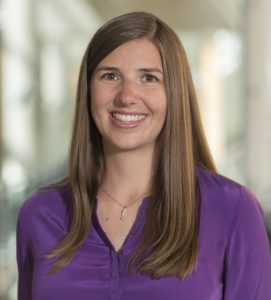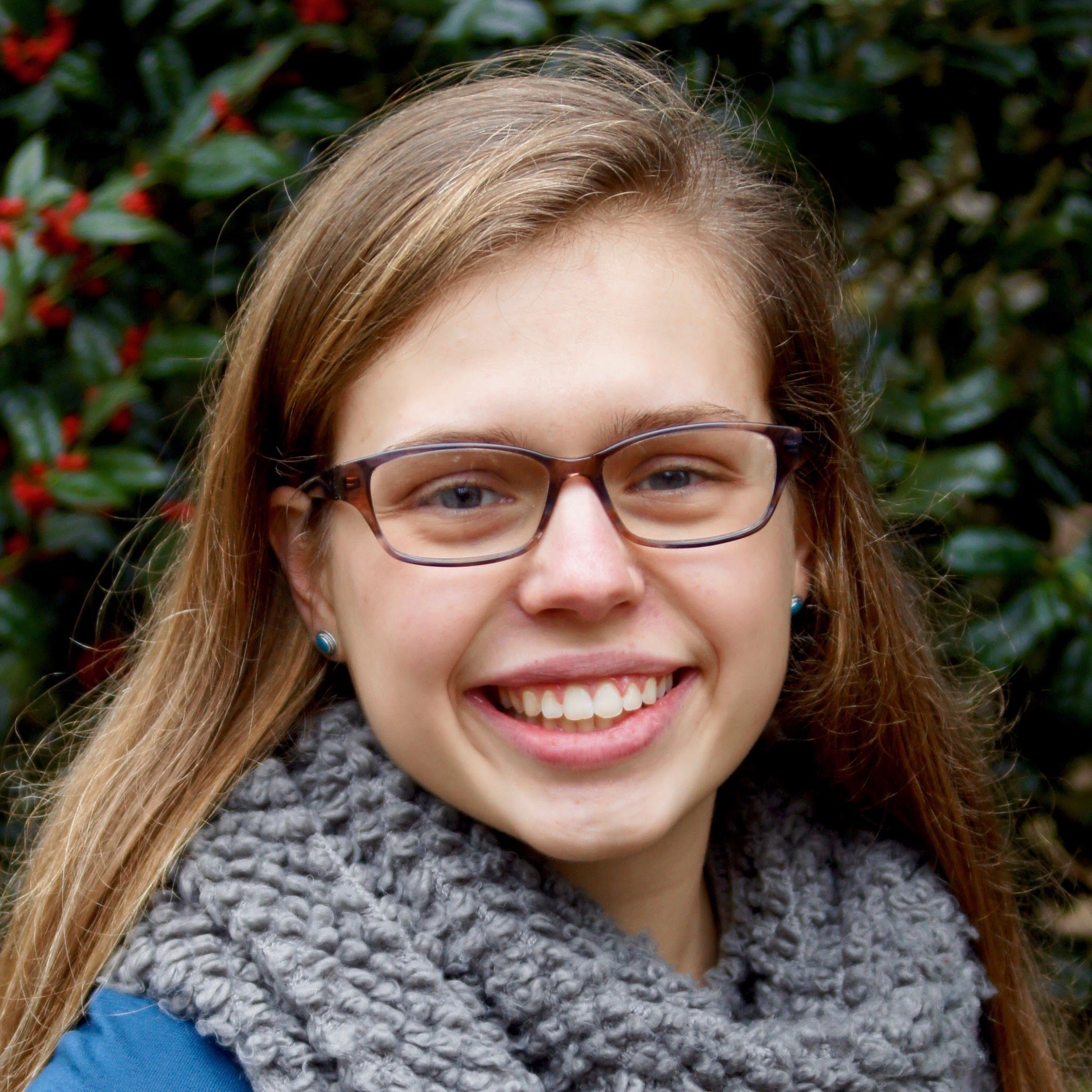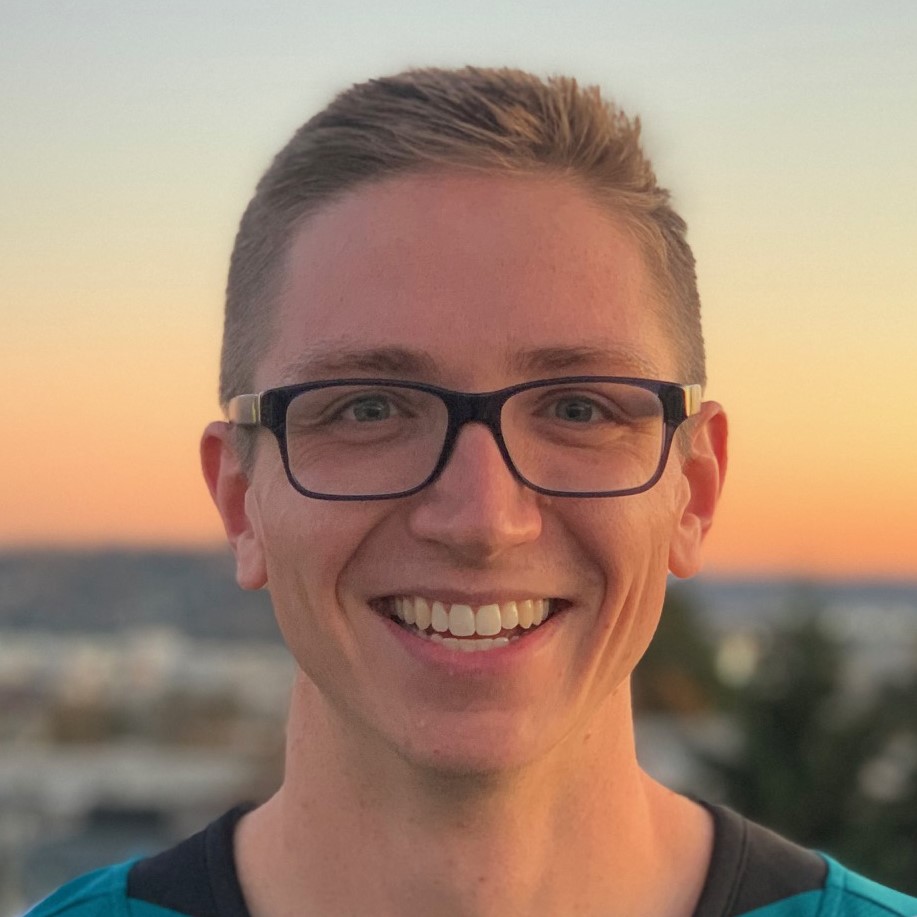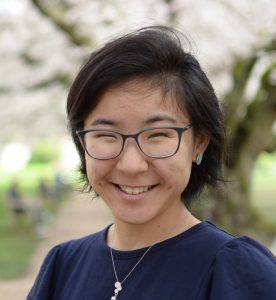Many University of Washington Mechanical Engineering student clubs had to think outside the (toy)box and overcome disruptions caused by the COVID-19 global pandemic, but few have adapted as well as HuskyADAPT lead by the SteeleLab’s very own Alyssa Spomer and Nicole Zaino.
This year they pivoted to have virtual workshops to continue providing students with hands-on-experience modifying toys, and contactless donation events to keep up the distribution of free adapted toys throughout western Washington.
Way to go Alyssa, Nicole, and all HuskyADAPTers! Keep it up!






